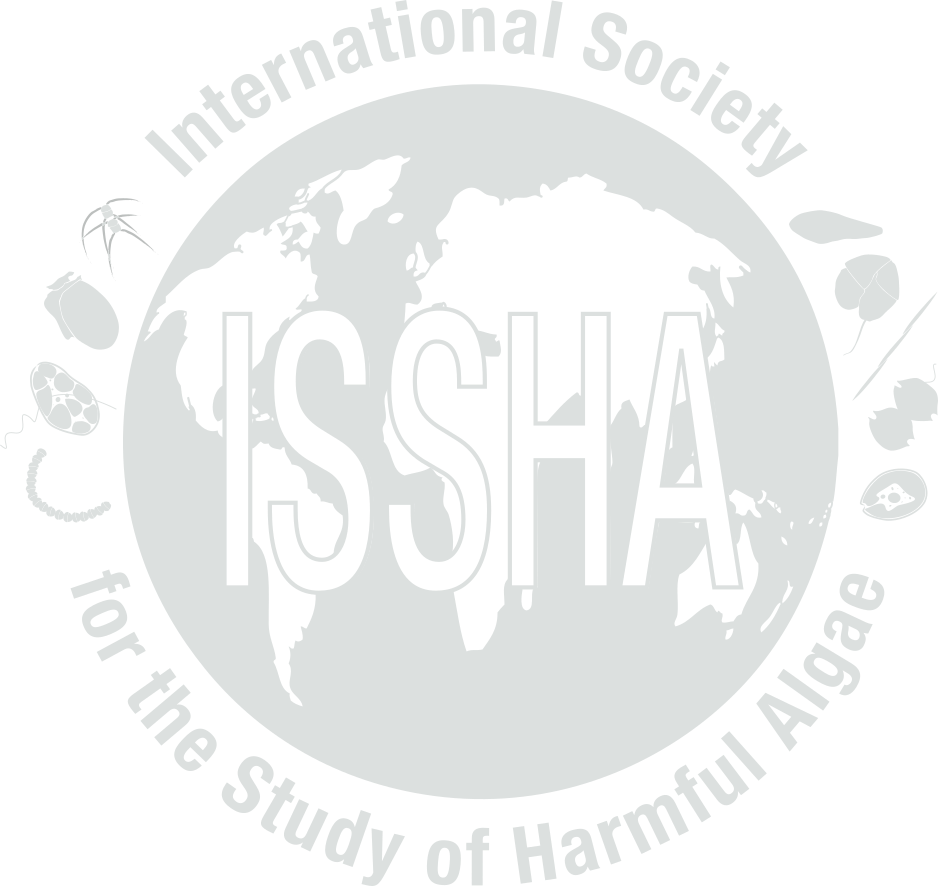


| Event name: | PT-03-002 | |
| Country: | PORTUGAL | |
|
Nature of the harmful event: |
Seafood toxins | |
|
Event directly affected: |
Humans | |
| Toxicity detected: | Yes (Approximate range: 0.4 - 420 µg/100g OA eq.) | |
| Associated syndrome: | DSP | |
| Unexplained toxicity: | No | |
| Species implicated in toxin transmission (transvector): | Mytilus edulis (blue mussels), Solen marginatus (razor clams), other mollusc bivalves. | |
| Report the outcome of a monitoring programme: | Yes (HAB Monitoring programme.) | |
| Event occurred before in this location: | Yes | |
| Individuals to contact: | VILARINHO, Mª da Graça , VALE, Paulo | |
| Location: | Latitude: 36.500000, Longitude: -7.000000 | |
| General location information: |
Whole coast of Portugal., Mainly NW coast of Portugal. HAB Area code(s): PT-01 PT-02 PT-03 PT-04 PT-05 PT-06 PT-07 |
|
| Additional location information: | 37º - 42ºN; 7º - 10ºW. 600 Km of shoreline. Several events during the above period with a higher incidence along the NW coast. (i.e. Between Lisbon/Setubal bays and Porto). | |
| Bloom event dates (yyyy/mm/dd): | Start: 2003-06-17, End: 2003-12-01 | |
| Quarantine levels dates (yyyy/mm/dd): | ||
| Additional date-related information: | ||
| Causative organism known: | Yes | |
| Causative Species/Genus: |
Dinophysis acuminata
(21,800 cells/L)
During the peak of July 2003 (Porto). Dinophysis acuta (101,200 cells/L) During the peak of September 2003 (Aveiro). |
|
| Co-Ocurring Species/Genus: |
Cylindrotheca closterium
(7,500 cells/L)
Prorocentrum micans ( cells/L) Gymnodinium sp. (3,000 cells/L) Dinophysis caudata (4,000 cells/L) Dinophysis dens (5,000 cells/L) Chaetoceros spp. (57,000 cells/L) During peak of D. Acuminata Leptocylindrus danicus (4,000 cells/L) Guinardia delicatula (2,000 cells/L) Leptocylindrus danicus (13,000 cells/L) During peak of D. Acuta |
|
| Chlorophyll concentration, if known: | 4 µg/L Chlª during D. acuta peak. µg/l | |
| Additional bloom information: | ||
| Event-related bibliography: | ||
|
||||||||||||||||||||||||||
| Nutrient information: | ||||||||||||||||||||||||||
| Temperature Range During Event: | Max: 19 °C, Min: 15 °C | |||||||||||||||||||||||||
| Salinity Range During Event: | Max: 35, Min: 34 | |||||||||||||||||||||||||
| Bloom location in the water column: |
Subsurface |
|||||||||||||||||||||||||
| Growth: |
Advected
In situ |
|||||||||||||||||||||||||
| Growth Comments | ||||||||||||||||||||||||||
| Additional Environmental information: | ||||||||||||||||||||||||||
|
|||||||||||||||||
| Kit used: No | Type of kit used: | ||||||||||||||||
| Additional information: | Assay for OA and DTX2 recovered after alkaline hydrolisis, either by LC-MS or DSP-check inmmunoassay kit. OA, DTX2, acyl ester OA and DTX2 detected. | ||||||||||||||||
| Economic losses: | |||||||||||||||||
| Management decision: | Close the area to bivalve catch. | ||||||||||||||||
| Additional harmful effect information: | ND (not detected) <0.4 ug/g 100 g OA equiv. | ||||||||||||||||
